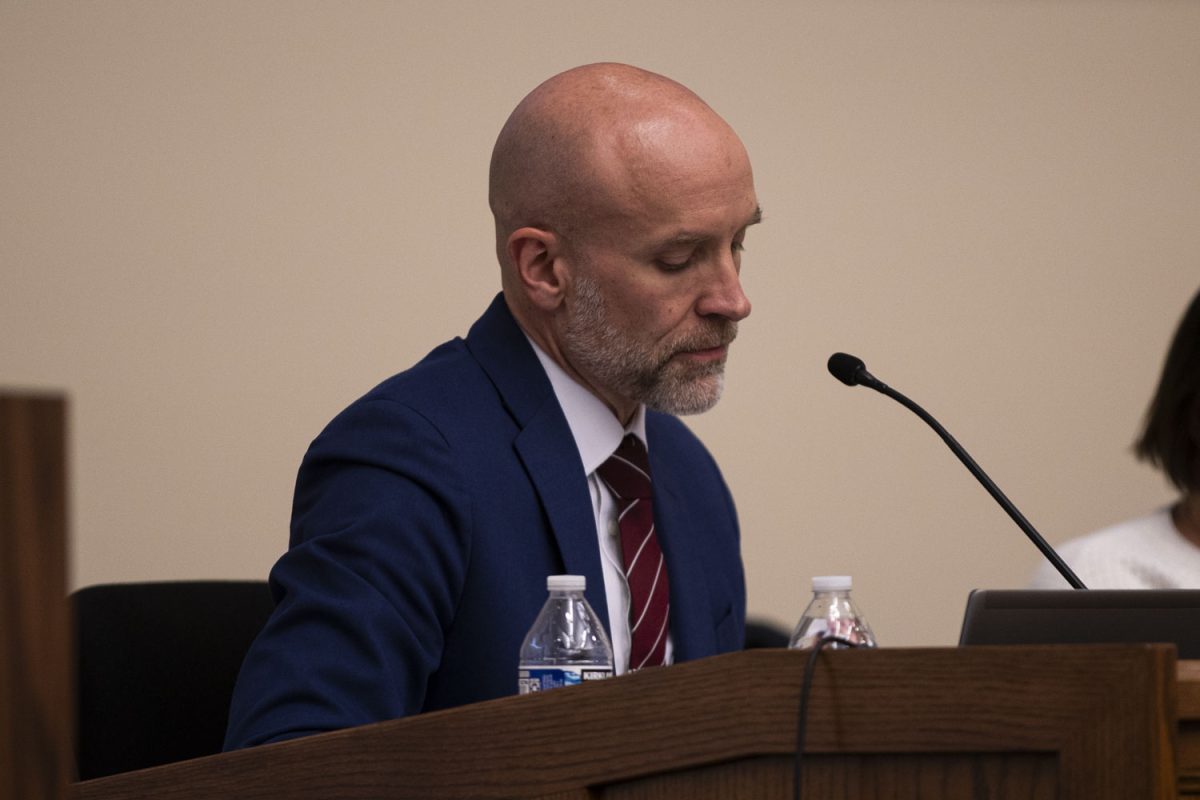The University of Iowa Hospital and Clinics is now offering walk-in mammography treatments every Wednesday from 7:30 a.m. to 5 p.m., a move officials say was prompted by an increased interest in the service.
The UIHC has provided the walk-in service on the Health Science Campus every October during Breast Cancer Awareness month for the past two years.
But since the Iowa River Landing Clinic, 105 E. Ninth St., Coralville, opened in October 2012, there has been a significant number of patients who are taking advantage of the walk-in opportunities.
“The results were quite encouraging,” UI spokesman Tom Moore said. “When the [Iowa River Landing] opened in October, we also noticed that some of the patients were choosing to receive mammograms there. Given their popularity, we decided to extend the clinic.”
Moore said roughly 40 to 50 patients come in for walk-in mammogram treatments per month.
The Digital Breast Tomosynthesis provides numerous images of breast that allows doctors to detect breast cancer better, The Daily Iowan has previously reported.
“For breast cancer, mammography has done the role to detect early stage problems,” said Jeong Mi Park, a UI clinical professor of radiology.
Park said the mammography treatment walk-in days might change to Thursday, but UI officials have not yet made any decisions.
The Automated Breast Screening Ultra Sound is used in addition to mammography for women with dense breasts or have an elevated risk of breast cancer of up to 20 percent.
This technique is also known as the Whole Ultra Sound or the Diagnosing Ultra Sound.
“The Automated Breast Screening Ultra Sound can technically be known as the Whole Ultra Sound,” Park said. “People can do it, but the whole trend is to be automatic.”
Screening, an imaging technique, uses magnets to study tissue.
This technique allows women who have a 20 percent risk of breast cancer to annually receive an MRI, which is recommended.
Recently, one Iowa legislator proposed a bill, H.F.94, that directs the Iowa facilities that offer mammograms to also supply patients with breast-density information.
A facility providing mammography service would be required to send breast-density notices to patients who fit the standard of the dense breast tissue given by the American College of Radiology.
“The bill needs to include different languages, which helps the woman know the density of her breast tissue,” said Rep. Helen Miller, D-Fort Dodge, who proposed the bill. “In terms of language, I mean what kind of density the breast tissue has … whether it’s positive or negative.”
Miller said the procedures outlined in the bill could help find early forms of cancer.
“The more dense your breast tissues are, the more likely the cancer can be hidden,” she said.






